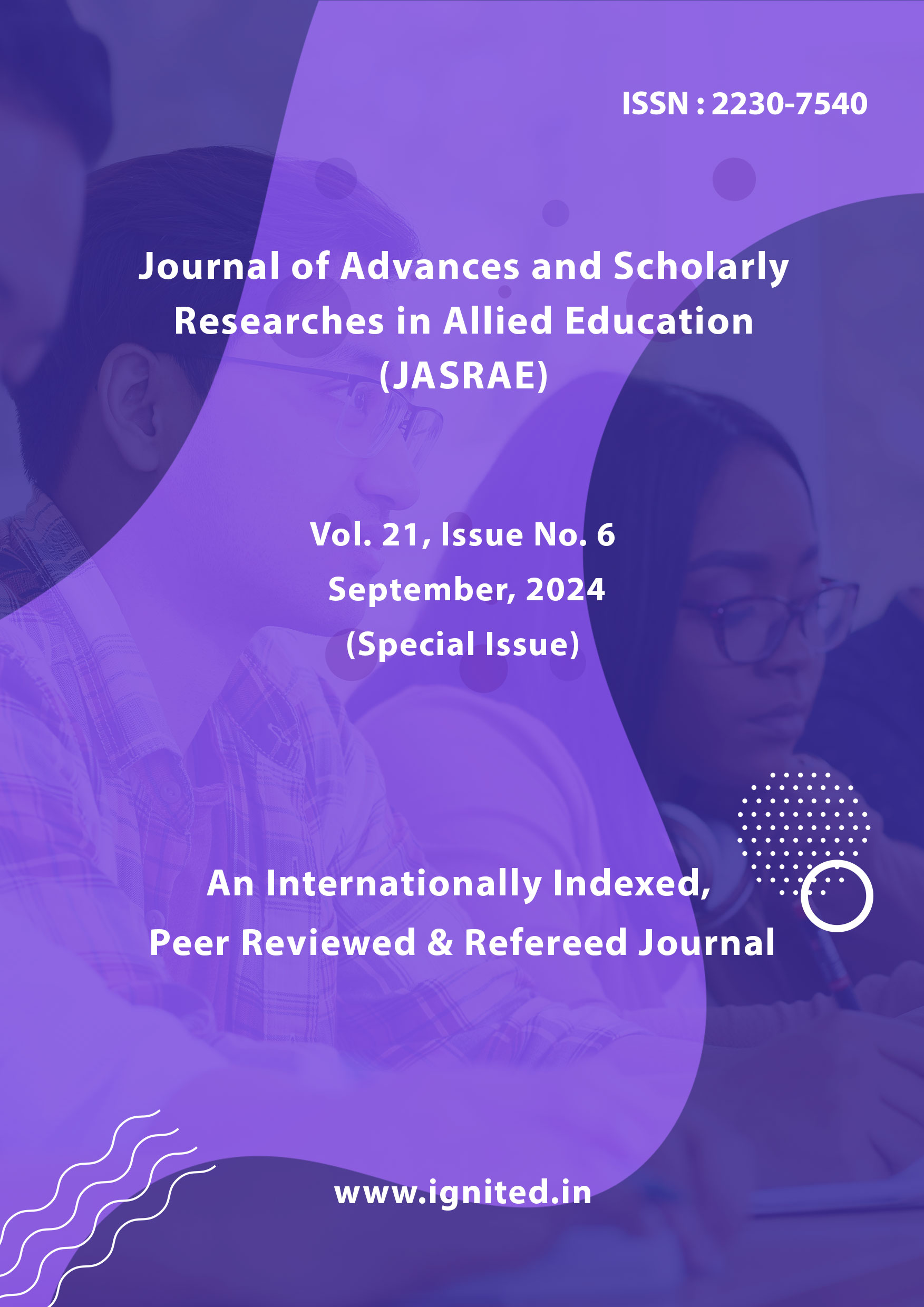Role of Zooplankton in Aquatic and Sea Environments
DOI:
https://doi.org/10.29070/ejg8nm66Keywords:
Zooplankton , Aquatic , Sea , EnvironmentsAbstract
An aquatic ecosystem is one that is mostly or entirely supported by water, whether it be in the form of a lake, river, pond, or ocean. changes and stresses in the environment might affect stock recruitment. Integrating recruitment models with biological indicators might be beneficial for future stock levels. The number of predators like fish may be inferred from zooplankton populations, which in turn reflect the state of the ecosystem and the living component. Because of their essential role in the food web, zooplankton species can influence fish populations and the processes that bring new fish into the water. A domino effect that affects fish populations may be set in motion by changes in zooplankton biomass abundance. The biotic component consists of living organisms in the water (such as fish, planktons, annelids, etc.) and how they interact with their environment. Zooplankton have an effect on how ecosystems function. Zooplankton play a dual role in the food web, both as grazers of algae and bacteria and as providers of nitrogen and phosphorus to phytoplankton . A perfect nutrient recycling cycle is achieved.
References
Anon. (2003). Protecting Lake Taupo. A Long-Term Strategic Partnership. Environment Waikato, Hamilton
Arimoro, F. O. (2006). Culture of the freshwater rotifer, Brachionus calyciflorus, and its application in fish larviculture technology. African Journal of Biotechnology, 5(7), 536-541.
Ashok, K. (2014) Studies on Zooplankton Diversity with special reference to Similarity and Dissimilarity Index in glacial fed mountainous Goriganga River of Kumaun Himalaya, Uttarakhand, India. Research Journal of Animal, Veterinary and Fishery Sciences. 2(3), 22-29.
Bhat, N.A.; R. Raina and A. Wanganeo (2015). Ecological investigation of zooplankton abundance in the Bhoj wetland, Bhopal of central India: Impact of environmental variables. Int. J. of Fisher. and Aqua. 7(6), 81-93.
Bhatnagar Chhaya., Vinita Sharma., Karnika Jani and Nidhi gill (2007): Plankton and Icthyo-Fauna of Jhamri Dam, Udaipur; Rajasthan. NSL: 236-238.
Bogut, I., Adámková, I., Novoselić, D., Bukvić, Ž., Milaković, Z., & Kralik, D. (2000). Influence of lysine on weight gain of carp fry (Cyprinus carpio) in cage and fishpond farming. Czech Journal of Animal Science, 45(4), 179-184.
Edmondson, W. T. (1959). Freshwater Biology. John Wiley & Sons. Inc. New York.
Edmondson, W. T. (1991). Sedimentary record of changes in the condition of Lake Washington. Limnology and Oceanography, 36(5), 1031-1043.
Finlayson, C. M., Farrell, T. P., & Griffiths, D. J. (1984). Studies of the hydrobiology of a tropical lake in north-western Queensland. III. Growth, chemical composition and potential for harvesting of the aquatic vegetation. Marine and Freshwater Research, 35(5), 525-536.
Frey, D. G. (1987). The taxonomy and biogeography of the Cladocera. In Cladocera (pp. 5-17). Springer, Dordrecht.











